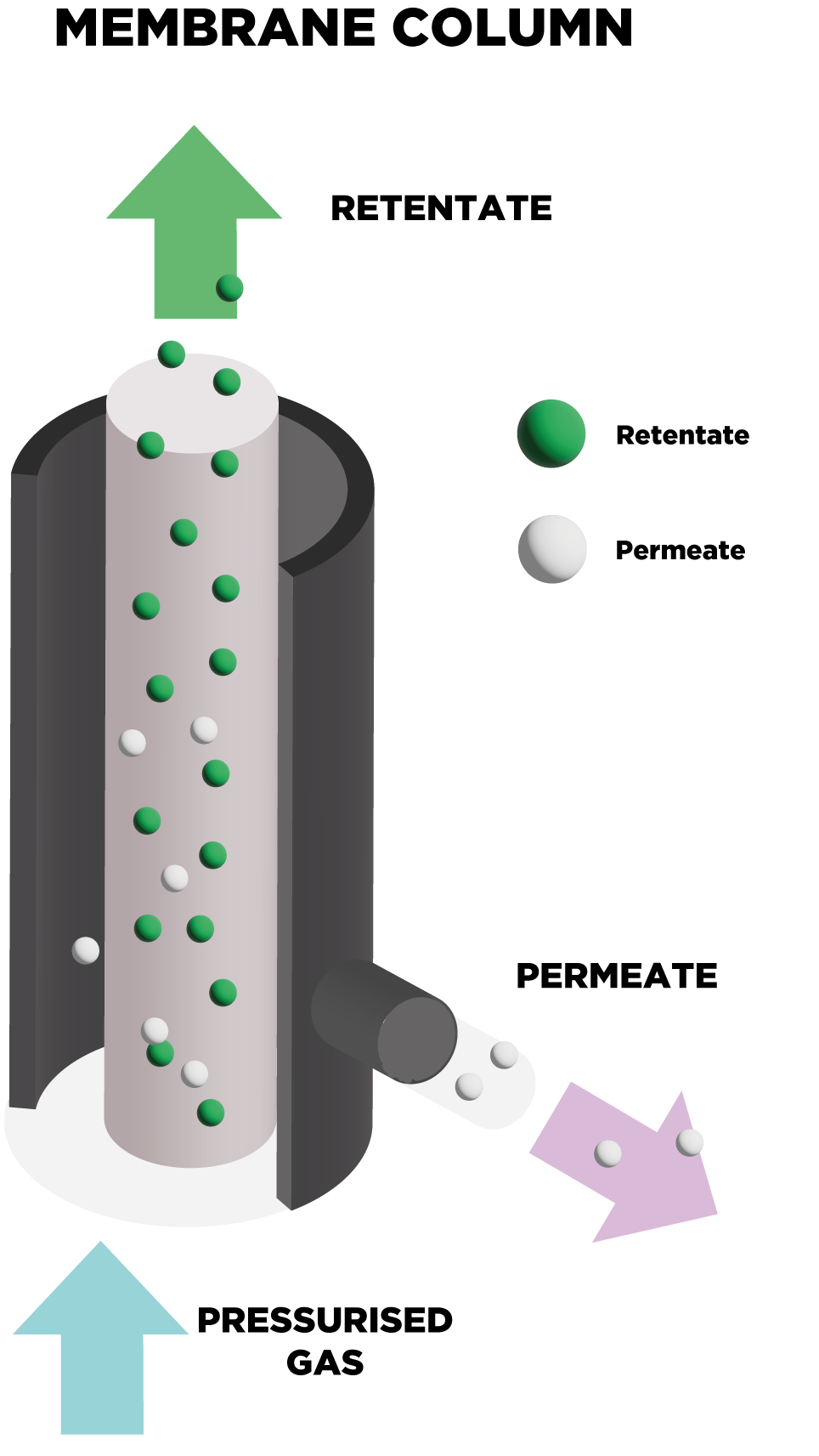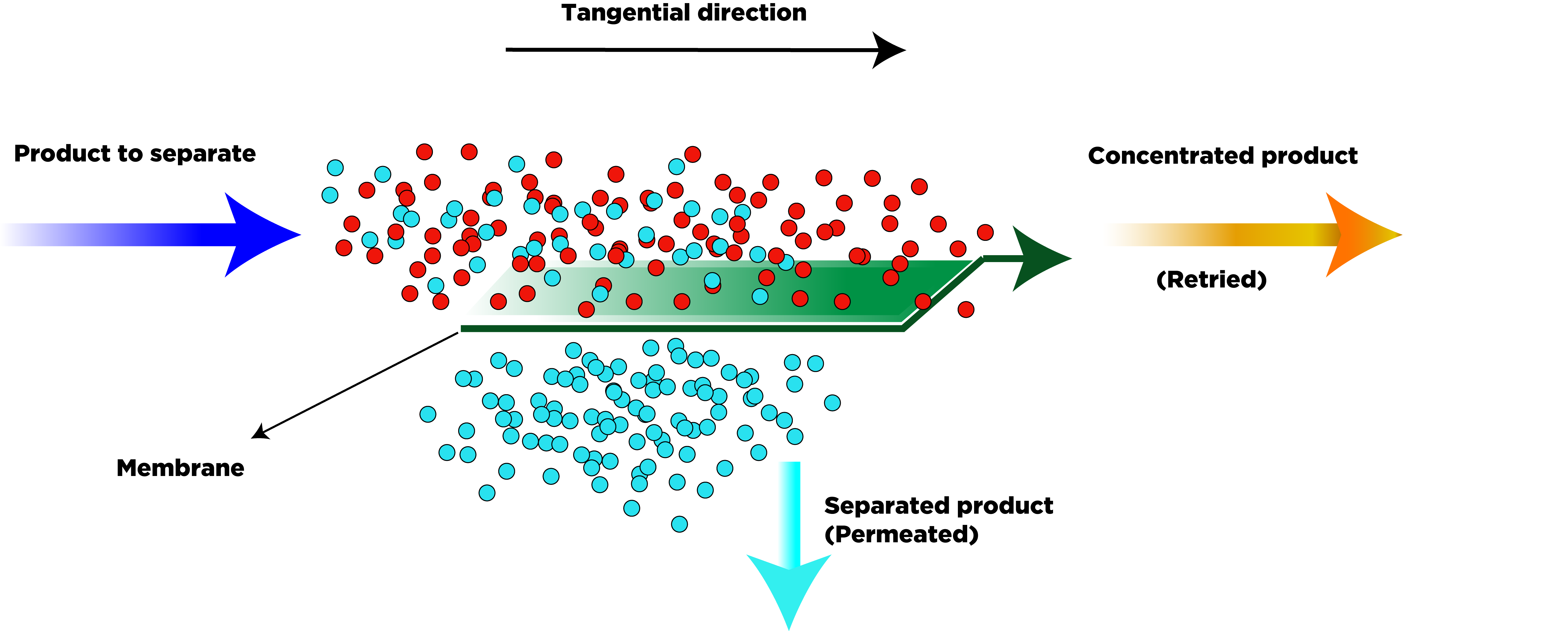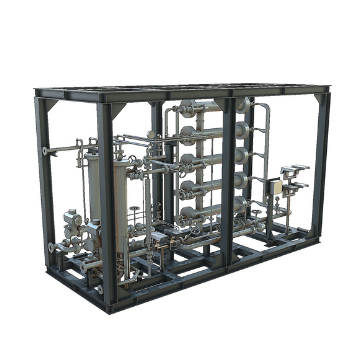Gas Separation Process
Nowadays, gas separation processes play an essential role in numerous industrial applications.
Gas separation using membranes is a potential alternative to conventional gas separation processes (such as absorption, adsorption, and distillation). Gas separation is a pressure-driven procedure in which the difference in pressure between the gas inlet of and the gas outlet of the product is used to.
Here’s a step-by-step explanation on how a gas separation process works to bring about gas purification:
1) The gas enters the liquid ring compressor.
2) The gas is compressed at the required pressure to get the best separation performance.
3) After the compression, the gas and liquid mix reaches the scrubber/separator that divides them.
4) The liquid comes back to the compressor, while the gas enters the membrane separator unit.
5) At the membrane stage, the required components are recovered
 Global (EN)
Global (EN)


